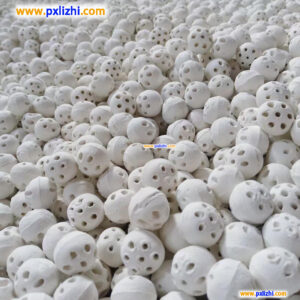
The Ultimate Guide to Inert Ceramic Balls: Applications, Benefits, and Selection Tips
Inert ceramic balls are versatile industrial materials designed for high-temperature and corrosive environments. They serve as catalyst bed supports, tower packing, and grinding media across various sectors. This guide explores their essential roles, advantages, and how to choose the right type for your needs.
Applications in Industrial Processes
These balls are widely used in petrochemical, environmental, and refining industries. They support catalysts in reactors, prevent clogging in distillation columns, and improve grinding efficiency. Their inert nature ensures no chemical reactions, making processes safer and more efficient.
Key Benefits of Using Inert Ceramic Balls
Benefits include thermal stability, corrosion resistance, and extended equipment life. They reduce pressure drops, enhance heat distribution, and lower maintenance costs. By optimizing performance, they contribute to sustainable operations.
How to Select the Right Inert Ceramic Balls
Consider factors like material composition (e.g., alumina content), size, and operating conditions. Assess temperature ranges and chemical exposure to ensure compatibility. For expert solutions, explore options from trusted suppliers like inert ceramic ball providers.
Frequently Asked Questions
What are inert ceramic balls made of?
They are typically composed of high-alumina or other ceramic materials, offering durability and inertness.
Can they be reused?
Yes, their robust structure allows for cleaning and reuse in many applications, reducing waste.
How do they compare to metal balls?
Ceramic balls resist corrosion and high heat better, making them ideal for harsh environments.
Call to Action
Ready to enhance your industrial processes? Contact a specialist today to find the perfect inert ceramic balls for your needs and boost efficiency!
